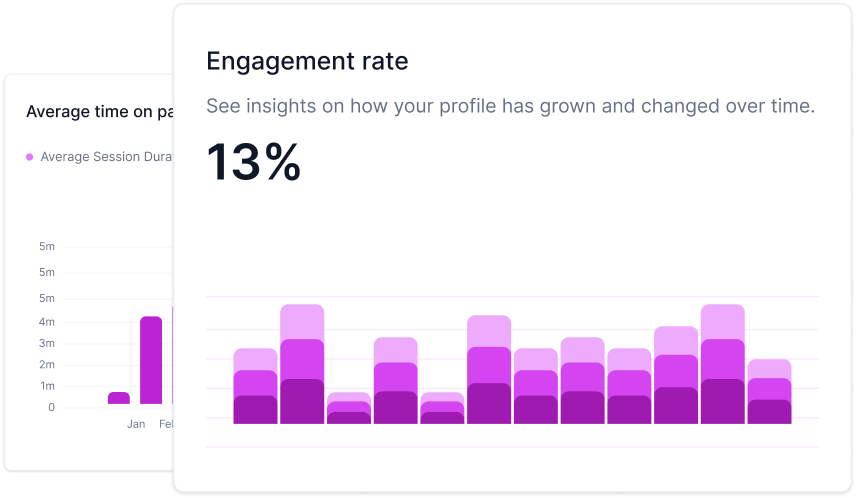What are the SERP Features?
SERP features, or Search Engine Results Page features, are special elements and enhancements that appear on a search engine results page (SERP) alongside the traditional organic search listings. These features provide additional information, context, or interactivity to help users find relevant information more easily, such as featured snippets, knowledge panels, and local map packs.
What are the most common SERP features, and how do they affect my website's visibility and click-through rates in search engine results?
- Featured Snippets: These provide concise answers to user queries at the top of the SERP. Appearing in a featured snippet can significantly boost your visibility and click-through rates, as users often click through to learn more.
- Knowledge Panels: Knowledge panels offer detailed information about a specific topic, person, or entity. Having a knowledge panel can enhance your online presence and authority.
- Local Packs: Local packs display local businesses or services relevant to a user's search location. Optimizing for local SEO can help your business appear in these packs, driving more local customers to your site.
- Image Packs: For visual searches, image packs display a selection of relevant images. Optimizing your images with descriptive alt text can improve your chances of appearing here.
- Video Thumbnails: Video thumbnails provide a sneak peek into video content from platforms like YouTube. Optimizing video titles and descriptions can increase the likelihood of your video appearing in this format.
How can I optimize my website's content and structure to appear in SERP features like featured snippets, knowledge panels, and local packs?
- Create High-Quality Content: Craft content that directly answers user queries. Clear and concise content is more likely to be featured in snippets.
- Structured Data Markup: Implement structured data markup (schema.org) on your website to provide search engines with context about your content, making it more eligible for featured snippets and knowledge panels.
- Local SEO Optimization: Optimize your website for local search by providing accurate business information, obtaining customer reviews, and creating local-focused content.
- Image Optimization: Use descriptive file names and alt text for images to improve their chances of appearing in image packs.
- Video SEO: Optimize your video titles, descriptions, and tags for relevant keywords to increase visibility in video thumbnails.
Are there tools or strategies for tracking and analyzing SERP features to improve my SEO and digital marketing efforts?
- SEO Tools: Use SEO tools like Moz, SEMrush, and Ahrefs to track your website's performance in SERP features. These tools provide valuable insights and competitive analysis.
- Google Search Console: Google's Search Console offers data on your website's appearance in SERP features, helping you understand which features are driving traffic.
- Content Optimization: Continuously refine your content based on SERP feature performance. If a particular snippet is driving traffic, consider expanding on that content.
In Conclusion
SERP features are your digital storefront, drawing users' attention and directing them to your content. Understanding their significance and optimizing your website's content and structure accordingly can give you a competitive edge in the digital marketplace. So, embrace the power of SERP features, and let your online visibility soar to new heights.

